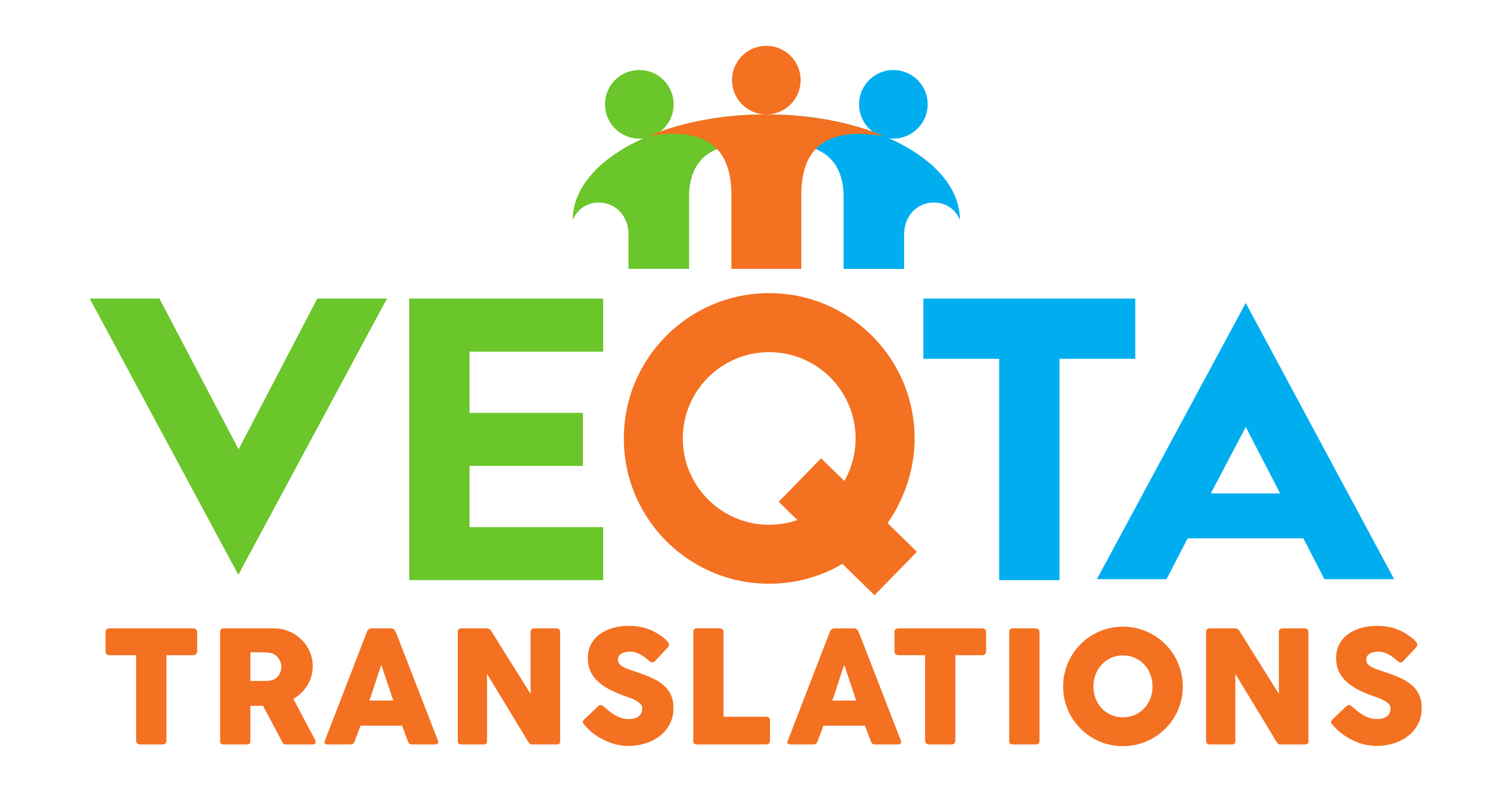Legal translation is among the most complex and risk-laden branches of professional translation. A single mistranslated clause can alter rights, invalidate a contract, or even create liability. Spanish-to-English translation is particularly tricky because the two languages represent fundamentally different legal traditions: civil law (used in Spain and most of Latin America) and common law (used in the U.S., U.K., and other Anglophone countries). This article outlines ten of the most frequent pitfalls in this field—and the methods professional legal translators use to prevent them.
- Translating Legal Terms Literally
Literal translation is the fastest route to error. For instance, “demandar” means “to sue,” not “to demand.” Similarly, “sentencia” in a civil-law context refers to a judgment, not a “sentence.” Translators must work from legal equivalence rather than linguistic similarity.
Professional fix: consult bilingual legal dictionaries (e.g., Alcaraz Varó & Hughes Diccionario de términos jurídicos), and verify with lawyers familiar with both systems.
- Confusing Civil-Law and Common-Law Concepts
Civil law relies heavily on written codes, while common law is precedent-based. Terms like “contrato de arras” (a deposit contract in Spain) or “escritura pública” (a notarized deed) have no direct equivalents in common law.
Professional fix: translate functionally, not formally. “Contrato de arras” may become “earnest money agreement,” while “escritura pública” might be “notarial deed executed before a civil-law notary.”
- Misinterpreting False Cognates
Spanish and English share many similar-looking legal words that differ in meaning. “Actual” means “current,” not “actual.” “Eventually” (eventualmente) can mean “possibly.” “Constipado” certainly doesn’t mean “constipated.”
Professional fix: create a personal glossary of false friends and verify every familiar-looking term in a trusted legal reference.
- Ignoring Formatting and Structural Conventions
Spanish contracts often use long, continuous paragraphs with cascading clauses, whereas English legal drafting favors numbered sections and plain formatting for readability.
Professional fix: when localizing for English audiences, adapt layout and headings to match common-law document conventions while preserving the original meaning.
- Omitting Contextual or Referential Notes
Civil-law contracts may reference institutions or legislation unknown to English readers—such as “el Código Civil Federal” or “Ley Orgánica del Poder Judicial.”
Professional fix: keep references intact but add brief explanations or use recognized translations of statutes (e.g., “Federal Civil Code of Mexico”).
- Misusing Legal Titles and Roles
Spanish documents often reference roles like “procurador” or “notario público.” A notario público in Spain or Mexico is a highly qualified legal professional with quasi-judicial authority—unlike the U.S. “notary public,” who merely certifies signatures.
Professional fix: explain in context (e.g., “notario público [civil-law notary]”) or choose a functional equivalent where appropriate.
- Failing to Capture Register and Tone
Legal Spanish tends to be more formal, verbose, and ceremonial than English legal prose. Overly literal renderings can sound archaic or pompous in English.
Professional fix: maintain a formal but natural tone—closer to U.K. or U.S. legal drafting standards (“shall” vs. “must,” avoidance of repetition, clear sentence structure).
- Overlooking Jurisdictional Nuances
Each Spanish-speaking jurisdiction—Mexico, Argentina, Spain, Colombia—has its own codes and terminology. For example, “Ministerio Fiscal” in Spain means “public prosecutor’s office,” while in Latin America “Fiscalía” might serve that role.
Professional fix: identify the source jurisdiction and adapt terminology accordingly; note it in the translation header if relevant.
- Mishandling Dates, Numbers, and Punctuation
Spanish uses day-month-year format (e.g., 15/04/2025) and a comma for decimals (e.g., 1.500,50 €). Confusing these can distort meaning in contracts or invoices.
Professional fix: convert consistently to target-language conventions—month-day-year for U.S. English, and period for decimals.
- Skipping Revision and Peer Review
Even expert translators can miss subtleties. In legal work, every translation should undergo bilingual legal review or at least peer proofreading.
Professional fix: use two-step quality control—translator + reviser. Many agencies employ certified court translators (traductores jurados) for final validation.
Conclusion
Accurate legal translation safeguards rights, obligations, and professional reputations. It demands cross-disciplinary expertise—fluency in language, mastery of both legal systems, and meticulous attention to formatting and tone. When done correctly, it ensures enforceable, credible documents that stand up in court on either side of the language divide.
FAQs
Q: What makes Spanish-to-English legal translation difficult?
Different legal systems, differing document formats, and terminology with no one-to-one equivalents.
Q: Can AI or machine translation handle legal texts?
Only under human supervision. Tools like DeepL or Google Translate can assist draft work but must be post-edited by qualified legal translators.
Q: What is a false cognate?
A word that looks similar in both languages but differs in meaning—like “sensible” (meaning “sensitive,” not “sensible”).
Q: Do legal translators need legal training?
Ideally yes. Many professionals hold dual degrees in translation and law or have completed postgraduate courses in comparative legal systems.
Q: How can translators ensure quality?
Through specialized glossaries, jurisdiction-specific references, peer review, and compliance with ISO 17100 translation standards.


